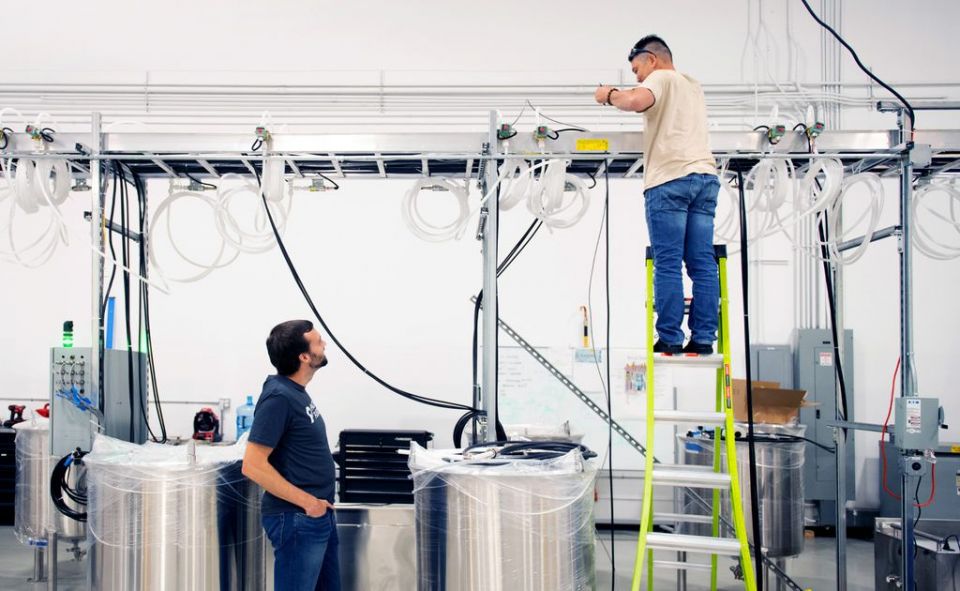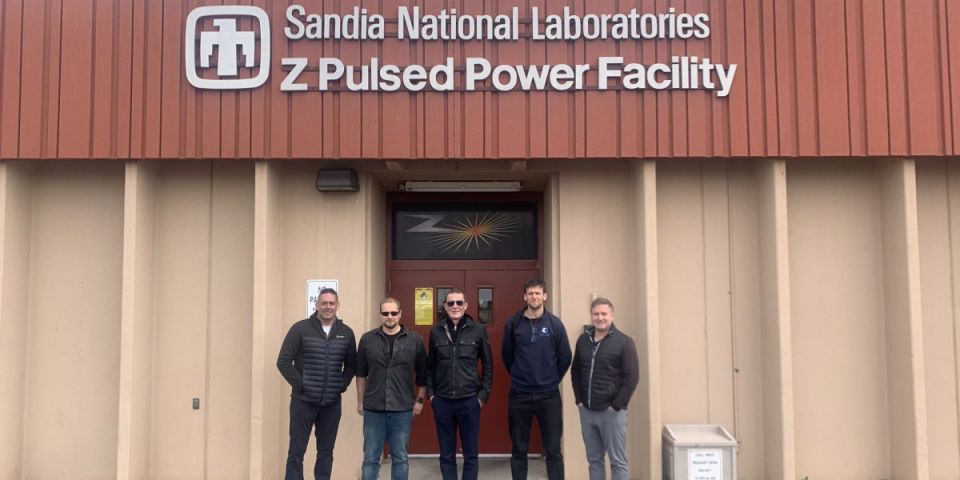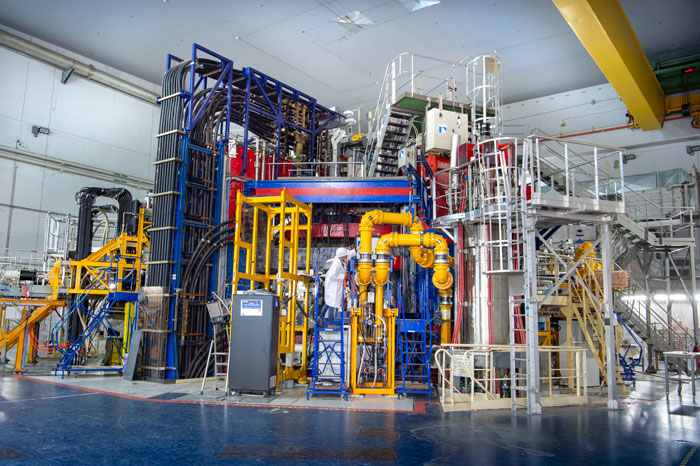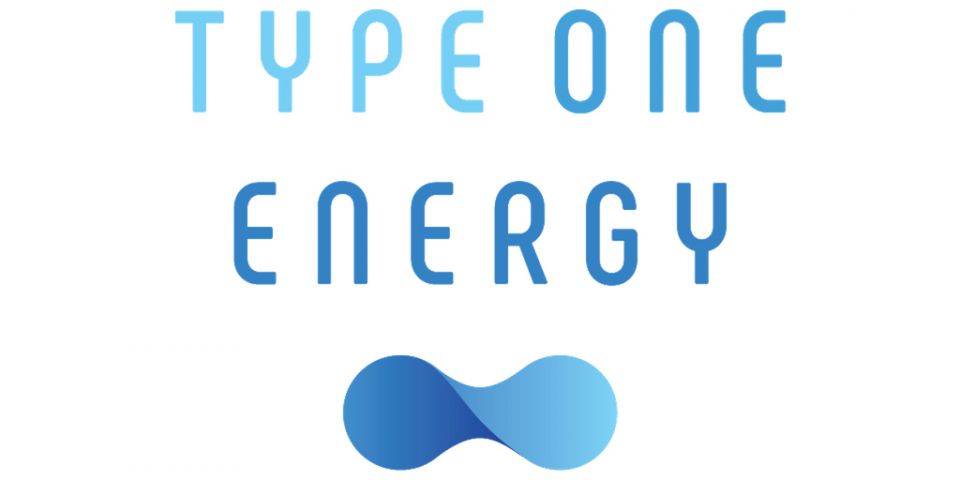A growing part of the fusion community
Fusion energy is no longer a far-off goal. It is now routinely achieved at laboratory scale but requires more energy to control the fusion reaction than the fusion reaction has released.
The path to viable fusion power from a magnetically confined plasma source requires the creation of a burning plasma, whereby the primary heating source comes from the fusion reaction itself.
To begin to consider the economic viability of a fusion power plant, the reaction must have a significant energy gain, or “Q” factor (the ratio of output power to input heating power), in a reaction that is sustained over a time frame of minutes or hours.
Construction has begun on an international experiment—the ITER tokamak—that aims to achieve a sustained reaction, and numerous privately funded smaller experiments have the potential to move forward toward this goal.
Nuclear News reached out to companies in the fusion community to ask for insights into their ongoing work. All are members of the Fusion Industry Association. Most companies submitted briefs at a specified word count, while others ran long and some ran short. Their insights appear on the following pages.



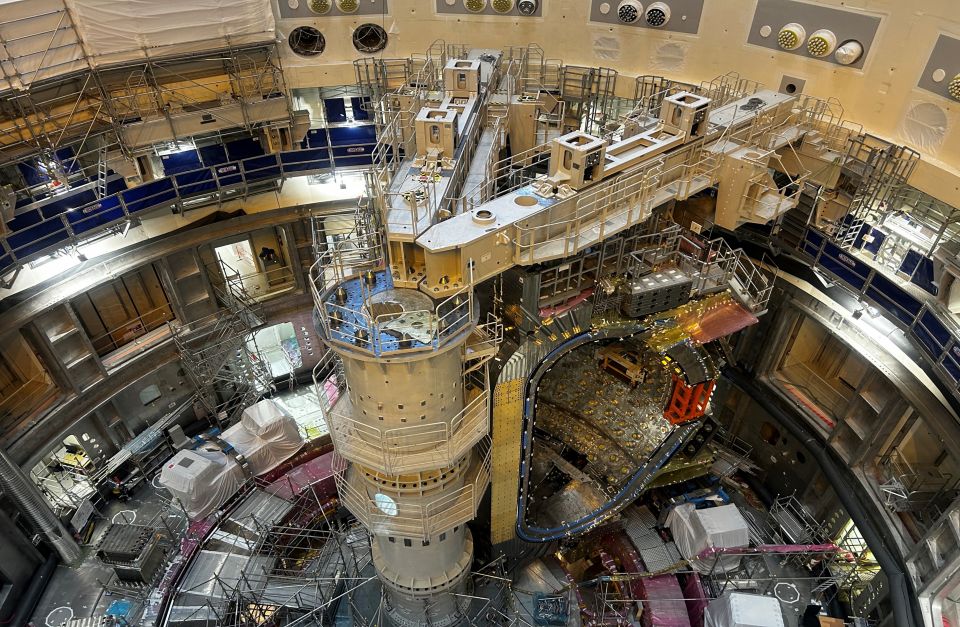
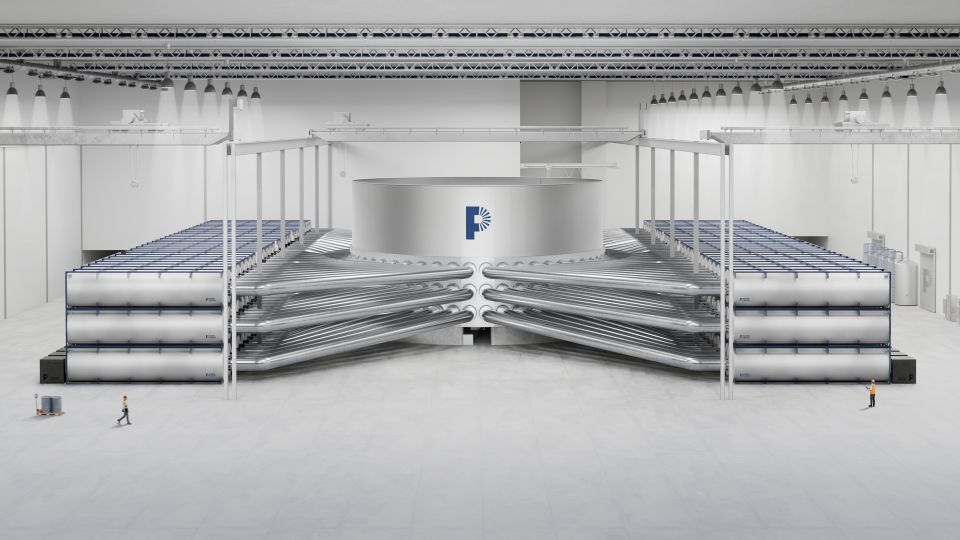.jpg)
